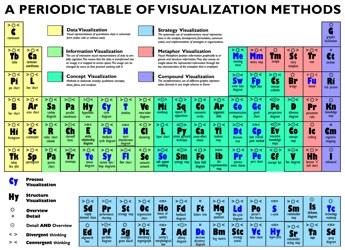Dick Costolo, CEO of FeedBurner, has started blogging again at Ask The Wizard. Better yet, he is blogging about his insights and experience as a serial entrepreneur (in Chicago of all places, which is not noted for its friendliness toward technology startups). Here’s a bit of a teaser from one of his recent posts on the nature of strategic advantage:
…
Hidden barriers to entry are particularly helpful to your company because potential competitors will severely underestimate the level of investment and resource commitment required to compete with you. I cannot tell you how many times since we first launched FeedBurner I have heard the following comments from senior executives at large companies, industry pundits, hobbyists, and my five year old son: “We could build FeedBurner in [a weekend, three months with three people, whenever we wanted]”. When you have hidden barriers to entry, you don’t get too worked up about these kinds of comments because you know there are lots of pitfalls and issues and challenges that you don’t understand fully until you are far enough along in development that you stumble into them and think “oh wow, now what do we do”.
But there are even better hidden barriers to entry in some businesses. I’ll call them Quantum Hidden Barriers to Entry. Quantum Hidden Barriers to Entry happen when you keep encountering new and unforeseen cliffs you have to scale as you move through different stages of market penetration. While hidden barriers to entry make it harder for potential competitors to enter the market, quantum hidden barriers to entry keep popping up as you move through stages of market penetration. When you are thinking about companies and markets, it’s fun to think about the kinds of businesses where there might be quantum hidden barriers to entry. I think you can anticipate these when you see markets that are characterized by: spiraling complexity, market reactions to the first mover (gaming behaviors, 3rd party ecosystems, etc.), and centralized platforms
…
Definitely someone you should be paying attention to if you’re interested in the venture world.

